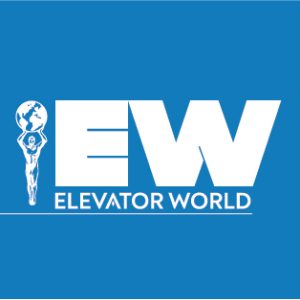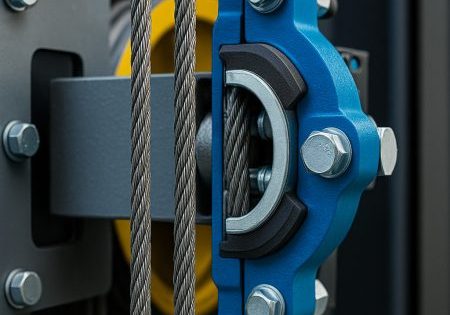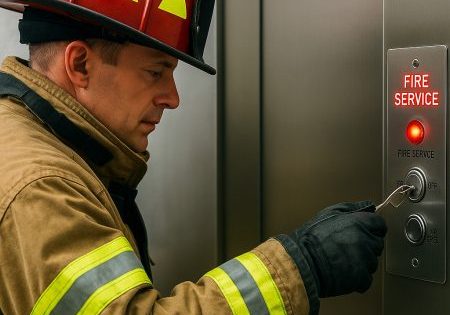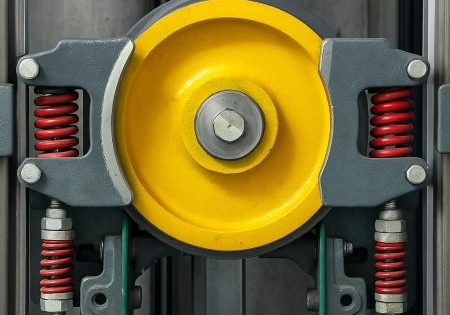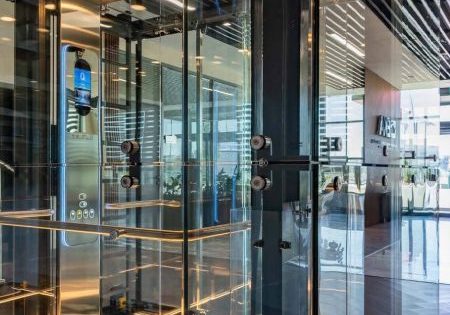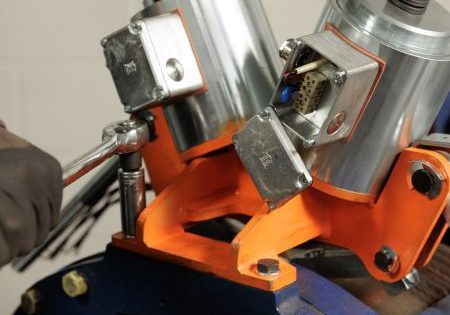Why to prioritize employee branding
by Alyssa Gelbard
You invest in equipment, safety, technology and training to deliver better results and grow your business. But if the people representing your company don’t come across as sharp, credible and trustworthy — both online and in person — that investment won’t get the return it should. Every interaction your team has is more than a touchpoint. It’s a chance to build credibility and trust that leads to real outcomes: winning new business, retaining customers, securing referrals and attracting top talent.
Most companies in the elevator industry haven’t given much attention to how their people shape their company’s brand. That makes it an opportunity. When your team stands out because you’ve prioritized employee branding, you set yourself apart.
What Is Employee Branding?
Employee branding is the impression your team leaves in every interaction, both online and in person. And it’s not just about sales or marketing. It includes everyone: leadership, operations, service, engineering, finance, etc. When employee branding is strong, your people consistently reflect your company’s credibility, values and message — no matter what role they’re in.
This includes how they:
- Show up online: LinkedIn profiles, bios and headshots
- Communicate: Introduce themselves, response time and writing style
- Present themselves: Dress, body language and eye contact
Inconsistent employee branding directly impacts revenue. Consider a sales rep who appears polished and leads a strong meeting, but neglects to follow up the next day as promised. This behavior creates a perception of unreliability with prospects that can push them to a competitor. Or, compare the outcomes of two CEOs competing for a savvy prospect. If one has a weak LinkedIn presence and no company bio, while the other has a strong online presence, who has more credibility at the outset and is more likely to land the meeting?
Beyond attracting new business, employee branding impacts customer retention, as well. A technician who arrives late in a wrinkled company shirt and communicates poorly with the building manager is an employee who creates former customers, not repeat ones.
Done well, employee branding turns your people into high-impact sales assets. When it’s overlooked, even strong teams can unknowingly chip away at the reputation you’ve worked so hard to build.
Why It Really Matters in the Elevator Industry
This is a trust-driven industry. Safety, reliability and quality only matter if customers have confidence in the people who deliver them. And that kind of confidence doesn’t come from equipment alone — it comes from your team. Prospects will review your bid package and look into who they’ll be working with. That means researching your salespeople, leadership, engineers and even service staff.
Besides asking around, they’ll check LinkedIn. They’ll take notice if your team is slow to respond to emails. They’ll remember if your team was confident and wellprepared for meetings.
Each of these things creates a brand experience and a feeling that sticks. Nail them and you earn credibility and trust. If you miss the mark, you give prospects a reason to go elsewhere. Why would you want your team to jeopardize credibility before you even get a chance to prove what you’re capable of?
Employee branding also influences hiring. Top candidates don’t just read your job postings; they research who they’d be working with. If a team doesn’t look professional and polished, the best talent won’t even apply. In today’s market, they have options and want to be a part of a strong, credible team.
Most of your competitors haven’t invested in things like their team’s LinkedIn presence, brand messaging or presentation skills. Doing it well sets you apart, and in the fast-growing vertical-transportation industry, every detail matters.
Leadership Sets the Tone
Employee branding starts at the top. When leaders show up with strong, consistent personal brands, it sends a clear message: They care about how they represent themselves and their company. Those leading your company should come across as people you want to work with, buy from and tell others about. If leaders don’t spend time sharpening their brands, they can’t expect others to. Employees won’t prioritize what leadership overlooks.
When your team stands out because you’ve prioritized employee branding, you set yourself apart.
What You Can Fix Now
Here are some measures you can take now to improve employee branding:
- Audit LinkedIn. Look at the LinkedIn profiles of your leadership team and customer-facing employees. Are they current? Do they give a clear sense of who the person is, their unique value and what your company does? Most importantly, do they reflect your brand the way you want it to be seen?
- Reduce Response Time. How quickly does your team respond to emails? Are they prompt with everyone, or only with the hot new lead or key account? Small improvements here pay off quickly. A simple 24- or 48-h response rule can set you apart fast. You never know what a contact can turn into.
- Align Your Messengers. Ask five people on your team to describe what your company does. If you get five different answers‚ you have a problem. When your team is inconsistent in how they talk about your company and brand, they create confusion and weaken credibility. Make sure employees clearly and accurately describe what you do, the problems you solve and what sets you apart from your competitors.
Your Team Represents Your Brand. Make Sure They Do It Well.
In the elevator industry, trust isn’t optional; it’s what wins and keeps business. The way your team shows up directly shapes trust and your bottom line. You don’t need a massive overhaul to make an impact. Even one targeted improvement in how your employees come across can change the way people see your company.
Skip employee branding, and you’re not just missing opportunities, you’re handing them to a competitor.
Get more of Elevator World. Sign up for our free e-newsletter.

